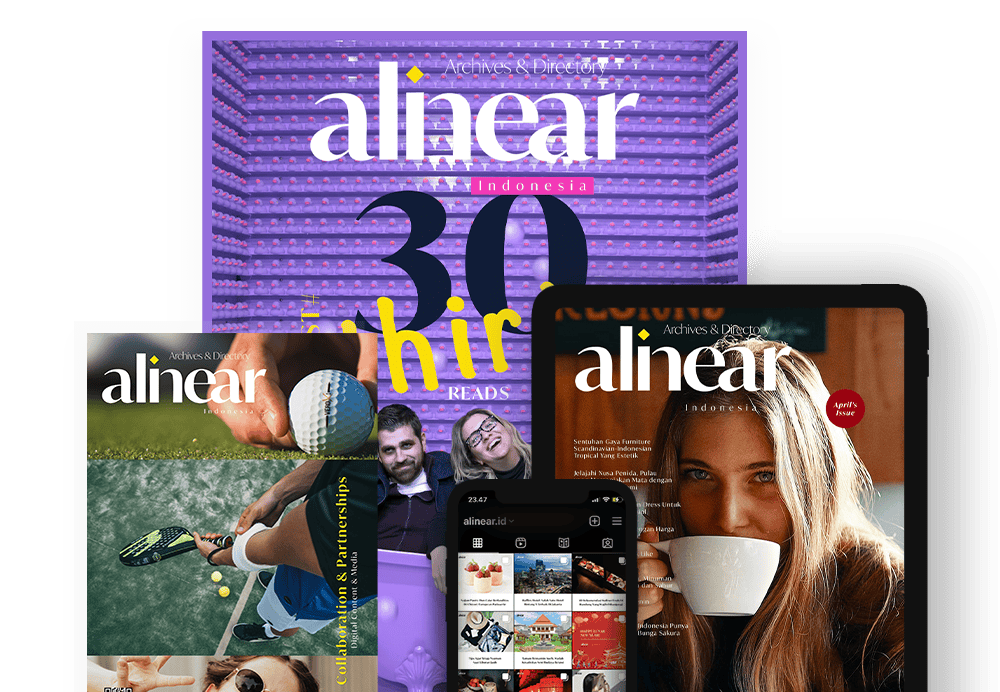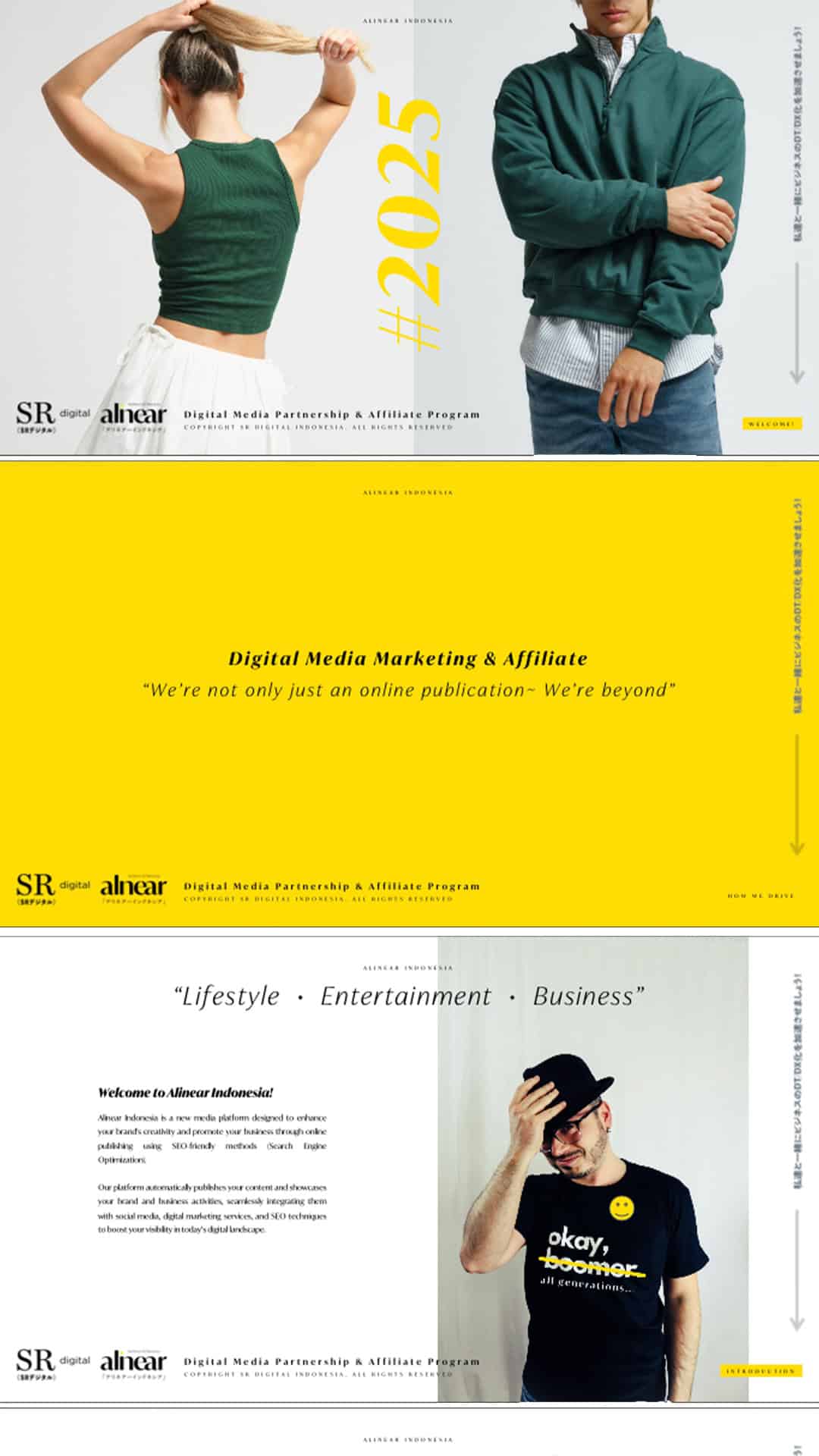
Tips for Optimizing Your LinkedIn Profile

Photo source: Pexels
Whether you’ve been laid off or your job seems like it could be at risk, it’s a good idea to be prepared for a potential job search. That’s because the job market is likely to become more competitive for now and in the months ahead.
The COVID-19 pandemic has increased unemployment in Indonesia, because many companies have been forced out of business and had to laid off their employees. Many experts are forecasting that a global recession is all but inevitable.
So now is a good time to update your LinkedIn profile and ensure you make a positive first impression to recruiters, says Casey Hasten, a director of recruiting at VIP, an executive search firm.
According to Kylan Nieh, who works in product management at LinkedIn Profile, Paying attention to some small details can make a big difference. “Listing your professional industry on your profile makes you up to 38 times more likely to be discovered by recruiters,” Nieh says. “If you don’t have a lot of job experience yet, consider adding any volunteer work, internships, or extracurricular activities, which gives recruiters more insight into your background and increases profile views up to 29 times.”
Here are five tips from Nieh and Hasten for optimizing your LinkedIn profile reported from Grow Acorns.
1. Make Your Profile as Complete as You Can
There are several sections to a LinkedIn profile, including a summary, work experience, education, skills, endorsements and recommendations, and interests. The more detail you add, the more likely you are to be discovered by recruiters who use the platform to find potential candidates.
Be detailed about your work experience and make sure you include relevant keywords that recruiters might be seeking in potential candidates, Hasten says. Keywords are so important because people like Hasten use LinkedIn recruiting to screen for potential candidates, “and if you don’t have your keywords on your profile, then you’re not going to turn up.” Be sure to update this information as you add new expertise. “Don’t underestimate the importance of using all that information,” she adds.
Don’t forget about the skills section. According to figures from LinkedIn, 87% of recruiters say the skills a candidate lists are crucial. “List your strengths on your profile and start with the top five that are most relevant for your job or the job you want,” Nieh says.
2. Ask for, and Offer, Recommendations
The LinkedIn profile area that is usually overlooked when in fact is quite important is recommendations. And right now may be a good time to ask former colleagues, managers, or even friends to put in a good word, she says.
While these recommendations don’t replace formal job references, it’s an easy way for recruiters to learn more about a potential candidate. “I want to see the human side,” she says. But don’t be selfish: If you ask for a recommendation, be willing to give one as well.
Staying in touch with former colleagues can also pay off when you’re on the hunt, Nieh adds: “Job applicants referred by employees are up to nine times more likely to get hired.”
3. Actively Engage with Others
Even if you’re not job hunting right now, it’s smart to actively engage with other LinkedIn members because it helps to raise your profile and potentially advance your career.
Should you connect with someone you don’t know? Yes, Hasten says, so long as you have a reason to connect, like you work in a similar industry or have an interest in their company. “Maybe there’s a reason you want to get to know them but don’t yet.”
If you’re actively searching, making connections can be helpful for landing a potential job, especially if it’s in a different industry. Prior interactions on the site make for an easier introduction if you are seeking help in your job hunt. But don’t just connect and ask for that straight away, Hasten recommends. Instead, follow someone’s activity, like and comment on it, and allow them to get to know you before you reach out.
4. Signal to Recruiters that You’re Open to Job Opportunities
One of the easiest ways to pop up on the radar of recruiters is by letting them know you’re open to job opportunities. This is a setting you can enable within your profile.
“If you’re job seeking, absolutely turn that on,” Hasten says. “There are times when I’m doing a search and 100 people come up, and 20 of them are open to opportunities, so I’ll talk to them first.”
Be sure you’re offering this information to the right audience. There are two options: You can let all LinkedIn members know that you’re open to job opportunities, which can mean people at your current company, even your boss, could see, too, or you could limit that notification to recruiters.
What’s more, you can specify the type of job and location you’re interested in so that your profile appears in search results for recruiters, Nieh says. And if you’re a business owner or freelancer, you can list services on your profile that indicate to your network that you’re “open for business,” he adds.
5. Add a Professional Photo
Some people may feel squeamish about adding a photo to their LinkedIn profile but doing so increases your odds of landing a job. “Your photo is one of the first things people notice when visiting your profile,” Nieh says. “Members who have a LinkedIn profile photo get up to 21 times more profile views than those who don’t have one.”
Just make sure that the photo you select is in line with your professional personal, ideally a professional headshot. “This is not Facebook,” Hasten says. It’s also important to have a background banner photo, “It just completes the picture and makes your profile look very professional,” she adds.
Most Reads
You might also Like!
Editor's Choice
Follow and Join us today!
Follow us 👉 @alinear.id for more interesting updates, promos, and vouchers coming up!
Follow us on Instagram Follow us on InstagramClick the button below to request our Digital Media Partnership and Affiliate Program 2025. Sign up today to register your business with us. Let's align and shine together with Alinear Indonesia! ✨
Sign Up Sign Up*Terms & Conditions Applied.

©2025 Alinear Indonesia • SR Digital. All rights reserved.
Home | About | Alinear For Business | Contact us | Sitemap











